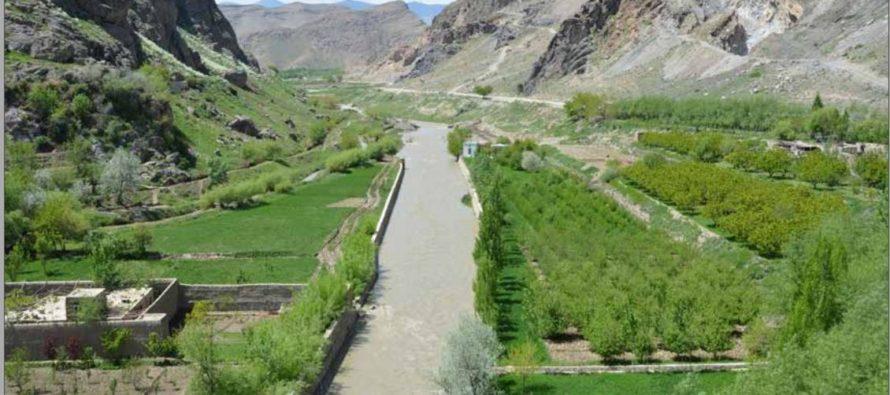
How to Save Afghanistan's Groundwater?
(MENAFN- Wadsam) The Afghanistan Research and Evaluation Unit (AREU) today launched its recent research Issues Paper, 'Surface Groundwater Interaction in the Kabul Region Basin', authored by Dr Najibullah Sadid and generously funded by the European Union (EU). This paper is part of the EU three-pronged research effort into essential areas of Natural Resources Management (NRM) project.
The paper quantifies the groundwater recharge rates in central Kabul, upper Kabul/Paghman, Logar, Shamali and Panjsher sub-basins. The study applies three approaches such basin-scale water budget balance, river reach length water balance and groundwater mounding, using Hantush's groundwater growth equation to estimate the water surplus/deficit, transmission losses through riverbeds and groundwater recharge rates, respectively.
'This research is very timely and critical as we are currently facing serious shortage of groundwater across the country. I hope this paper contributes to better policy planning and opens up the broader space to see how different stakeholders can assist in saving our groundwater,' said Dr Orzala Nemat, the AREU Director. 'I am taking this opportunity to acknowledge the full support of the government of the Islamic Republic of Afghanistan, in particular the Ministry of Water and Energy and their teams for the provision of technical equipment which made this study possible,' she added.
According to this research-based paper, the Groundwater Mounding (GWM) results show a wide spectrum range of recharge rate variations by a maximum of two orders of magnitude for water years 2004 to 2013. The bulk of the groundwater recharge occurs from October to May; however, Paghman, Shakar-Dara and Istalif rivers have shown an extended recharge period from September to July as a result of additional mountain-front recharge.
To utilize the limited recharge period, this paper recommends policy changes including in urban
planning/ town planning in adapting water permeable pavements, having river training works allowing optimal bank filtration, and establishing additional recharge basins for surface and subsurface recharge.
In the past two decades, groundwater — as the primary water supply source for Kabul residents — has been extensively exploited, causing large drawdowns. The imbalance between groundwater recharge and groundwater use is considered as a key driver for the extreme decline in groundwater. On the other hand, the rapid increase in urbanisation has further limited the marginal share of groundwater regeneration from the surface; hence, the rivers and streams remain the main sources for recharging groundwater.

Legal Disclaimer:
MENAFN provides the
information “as is” without warranty of any kind. We do not accept
any responsibility or liability for the accuracy, content, images,
videos, licenses, completeness, legality, or reliability of the information
contained in this article. If you have any complaints or copyright
issues related to this article, kindly contact the provider above.

















Comments
No comment